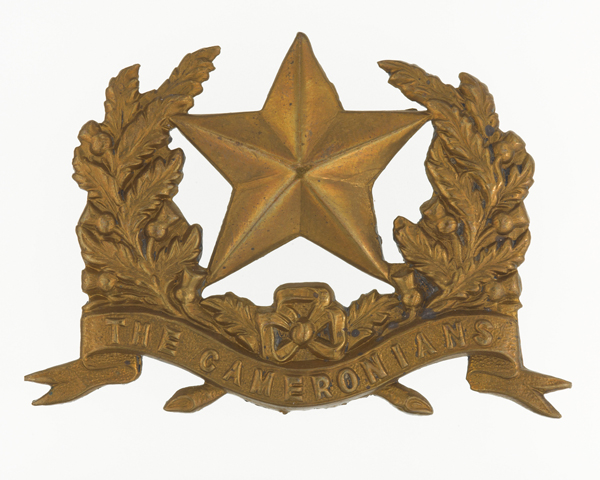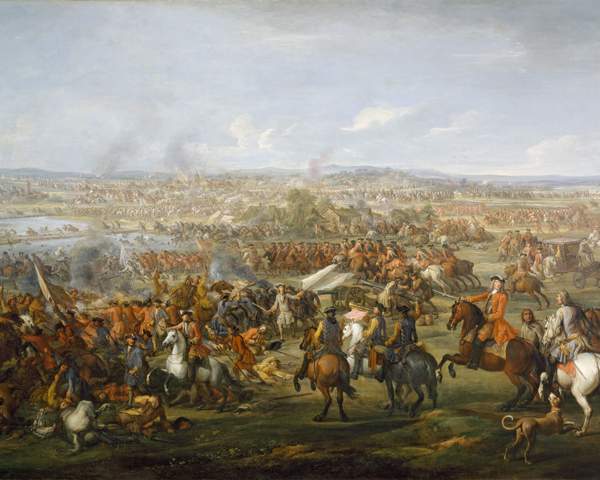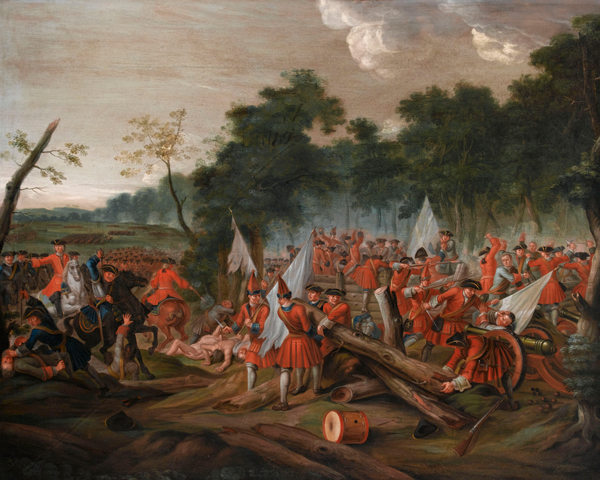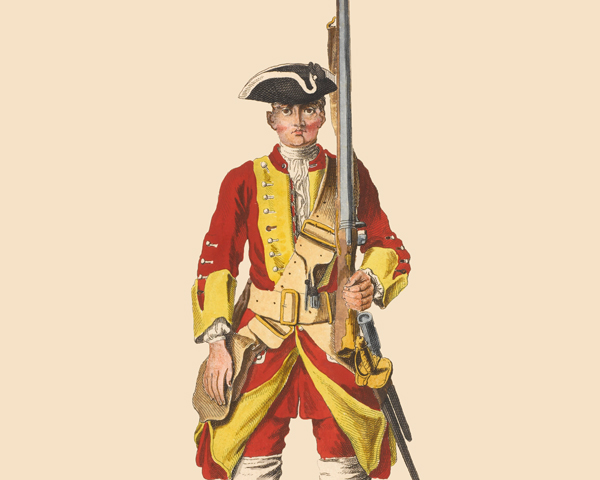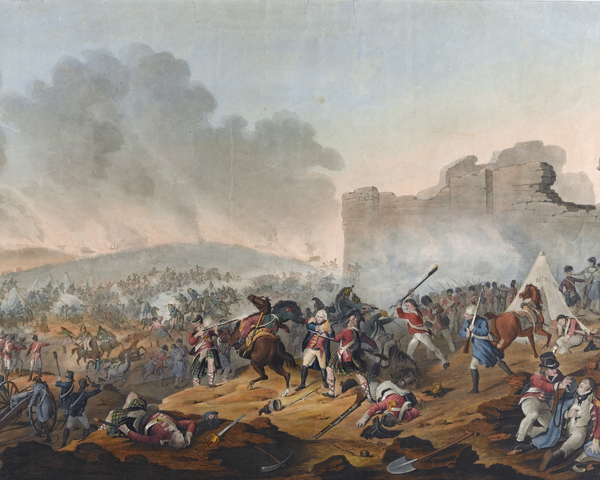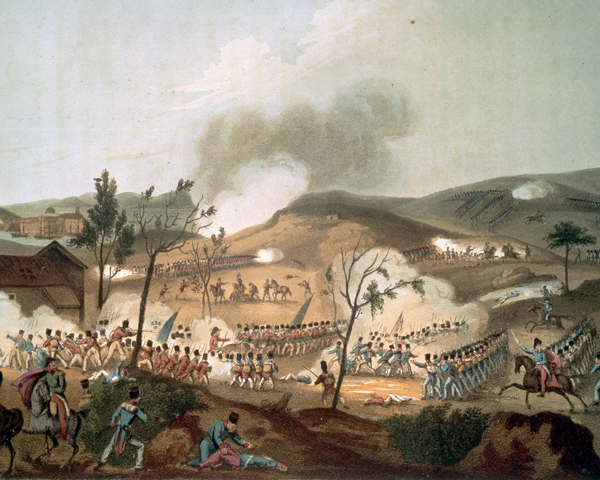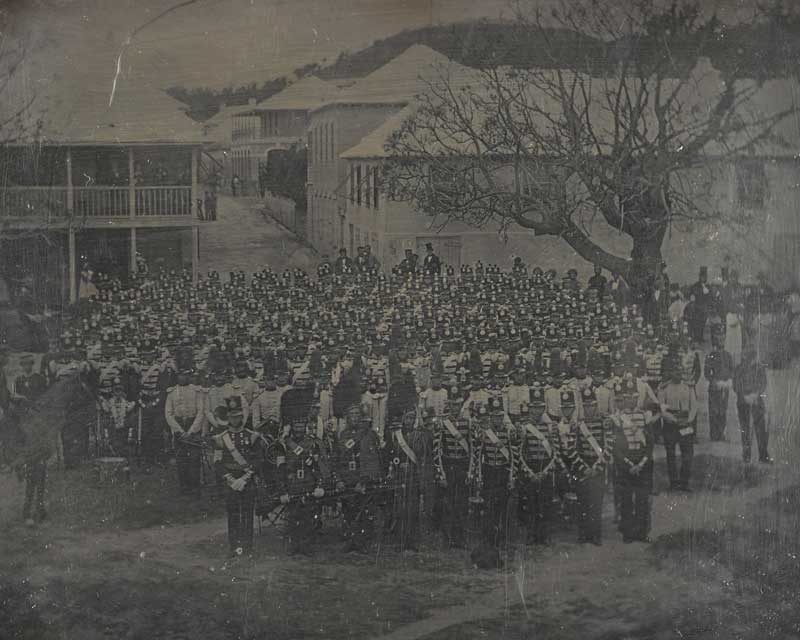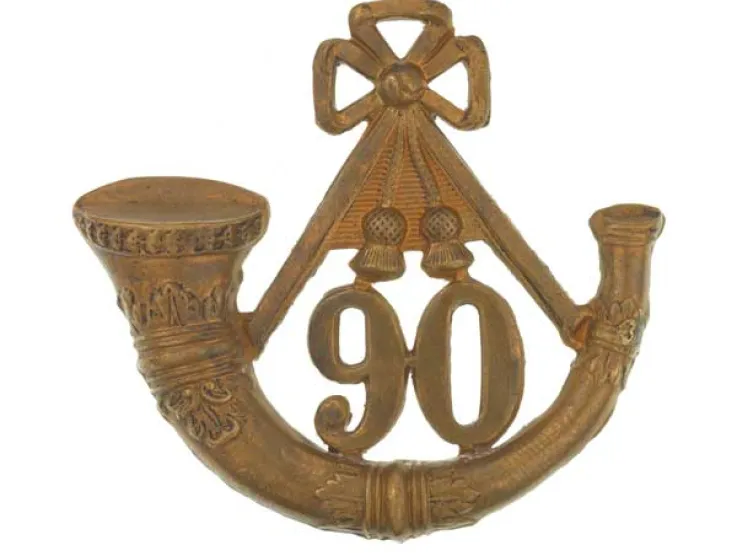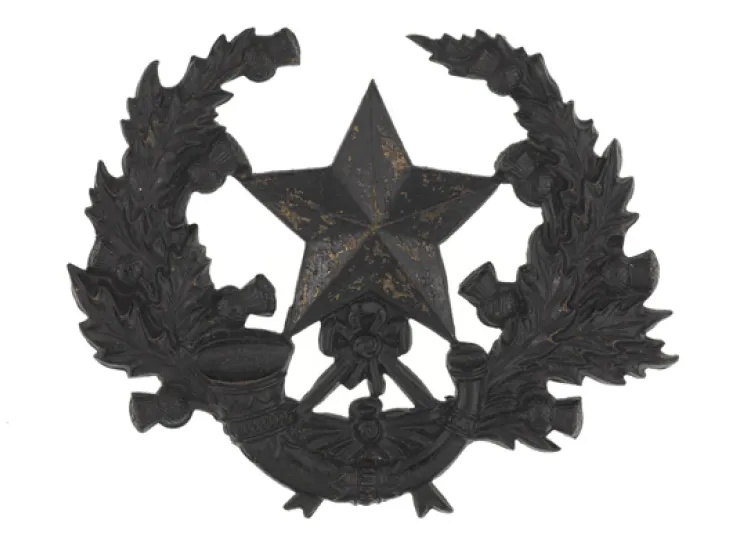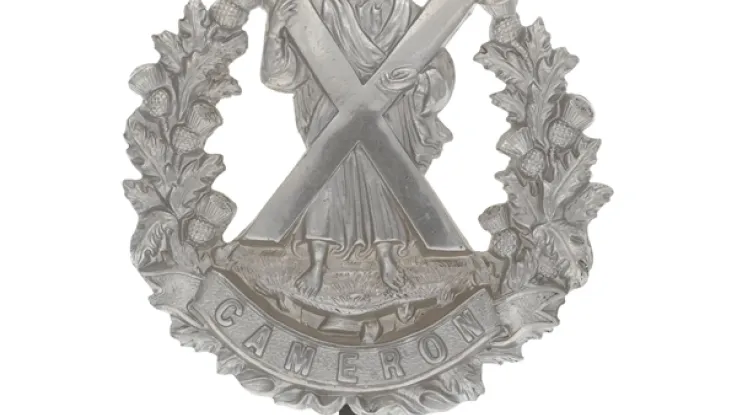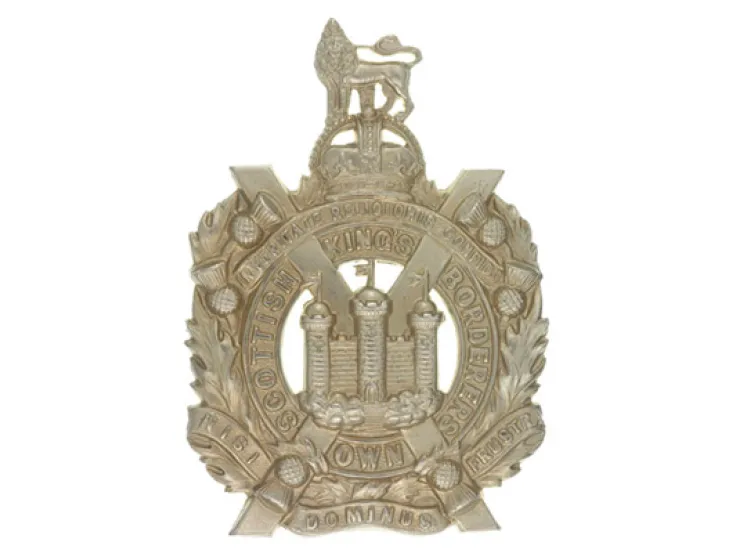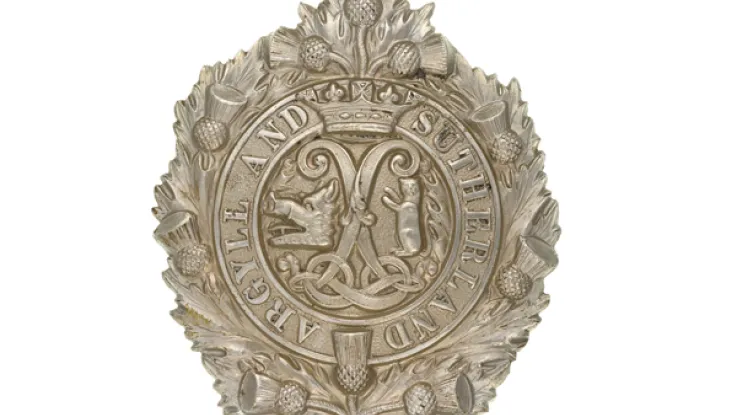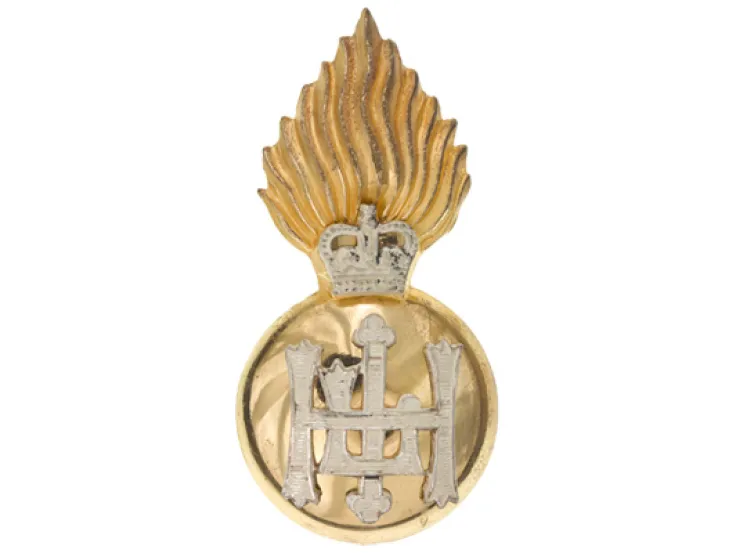Origins
In 1688, William of Orange landed in England to seize the throne from his father-in-law, King James II. Presbyterians in Scotland’s Convention (or parliament) welcomed the coup and raised troops to defend themselves against James’s forces.
Ten companies were raised from supporters of Richard Cameron, a radical Covenanter who had been killed in 1680 while opposing Charles II’s attempts to impose bishops on the Scottish church. These companies formed a ‘Cameronian Guard’, which was disbanded in March 1689, but then re-formed as a regiment of William’s army on 14 May that year under the colonelcy of the Earl of Angus.
Each company of the regiment had a Presbyterian elder and the regimental chaplain was a Cameronian. The regiment itself became commonly known as 'The Cameronians'. A bible was issued to all new recruits in recognition of these religious origins, a tradition that continued right up until the disbandment of its successor unit, The Cameronians (Scottish Rifles), in 1968.
Soon after its formation, the regiment’s first action was to quell Highland support for James II at the Battle of Dunkeld. It was then re-deployed to fight James’s French allies in the Low Countries in the 1690s, including at the battles of Steenkirk (1692) and Landen (1693).
18th century
During the War of the Spanish Succession (1702-13), it fought at Schellenberg and Blenheim (1704), the Passage of the Lines of Brabant (1705), Oudenarde (1708), Lille (1708), Malplaquet (1709) and Douai (1710).
After garrisoning Ireland, the regiment was recalled to Scotland to oppose the First Jacobite Rebellion in 1715. The following year, it returned to Ireland for 10 years.
It then spent two decades garrisoning Gibraltar and Minorca and serving onboard ship as marines, before a further 19 years in Scotland and Ireland. This period also saw it assigned the number 26 in the line infantry order of precedence.
North America
It moved to North America in 1767 and was there on the outbreak of the American War of Independence (1775-83). The American rebels captured the entire regiment as it fell back along the St Lawrence River in Quebec in November 1776. It only returned to the conflict through a prisoner exchange the following year, after which it fought in New England.
By December 1779, its numbers were so depleted that its survivors had to be transferred to other units and its officers sent back to Britain to re-form the regiment. It returned to full strength, but only left Britain again in 1787, when it was posted to Canada for 13 years.
19th century
The regiment deployed to Egypt in 1801, fighting at Alexandria. It raised a 2nd Battalion in 1804 for garrison duties in Ireland and Scotland. This was disbanded in 1813.
Meanwhile, 1st Battalion served in North Germany (1805) and at Corunna in 1809 during the Peninsular War (1808-14). It joined the Walcheren Expedition (1809), before returning to the Peninsula in 1811-12 and then garrisoning Gibraltar again for nine years.
It returned to Ireland in 1821 and was then back in England, putting down riots in Lancashire in 1826. In 1828, it was sent on its first Indian posting.
From then on, it alternated between Ireland, Britain and India. Exceptions included a further three-year spell in Gibraltar from 1850, six years on Bermuda from 1853, and a year on Malta in 1880.
The unit sent volunteers to the Crimean War, but only saw action as a whole twice after the Napoleonic Wars, during the First Opium War in China (1839-42) and in Abyssinia (1867-68).
Legacy
The regiment returned to England in 1881. Later that year, it was merged with the 90th Regiment of Foot (Perthshire Volunteers) (Light Infantry) to form The Cameronians (Scottish Rifles).
Regimental museums
The National Army Museum works with a network of Regimental and Corps Museums across the UK to help preserve and share the history and traditions of the Army and its soldiers.
Discover more about the 26th (The Cameronian) Regiment by visiting Low Parks Museum in Hamilton.


